Both venomous and poisonous beings produce a toxin that is injurious or even lethal to another organism. The difference between them lies in how such toxin is delivered.
You see, venomous organisms deliver or inject venom into other organisms, using a specialized apparatus of some kind (usually fangs or a stinger). The venom is produced in a gland attached to this apparatus.
On the other hand, poisonous organisms do not deliver their toxins directly, they may only be harmful when touched or eaten, since the entire body, or large parts of it, may contain the poisonous substance.
And now, shall we talk about music? Well, maybe tomorrow!



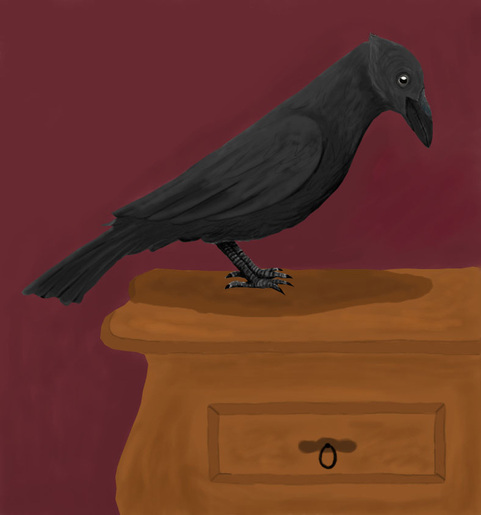
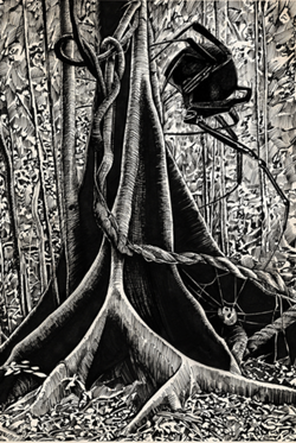
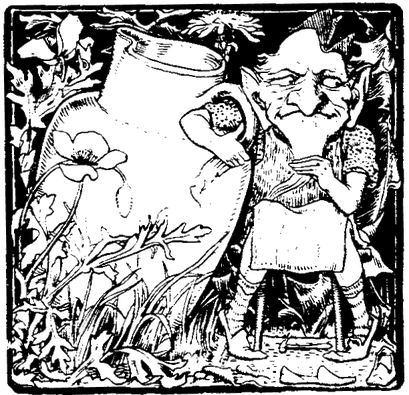
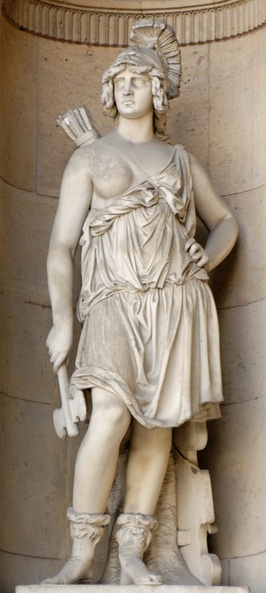

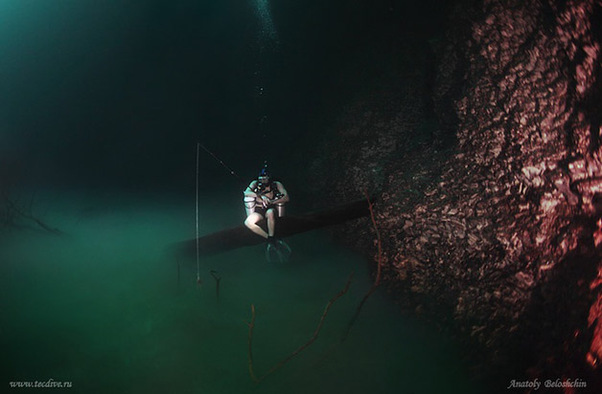
 RSS Feed
RSS Feed